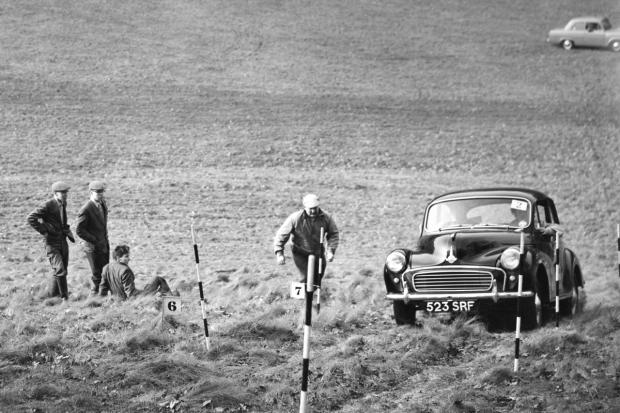
It was the merry tales told by my father that initially got me intrigued in owning a classic when I was learning to drive. Put simply, it sounded like fun, although I now realise that I bet there weren’t many smiles on faces at the point at which these yarns originated back when the classics weren’t actually classics – merely second-hand motors picked up dirt-cheap.
He owned several Morris Minors – the most well-remembered of which was a 1000 nicknamed the ‘green pea’ on account of it’s hand-painted exterior.
He tells of leaving struggling Fords and Vauxhalls standing at traffic lights, thanks to the Alexander Phase Three conversion he had fitted to the Moggy. “Sh*t off a shovel” apparently. On one journey, something fairly major broke underneath. No problem – he just pulled over onto a grass verge, dug a ‘bloody big hole’, got in it and proceeded to change ‘it’ for a spare. Naturally it was raining throughout this exercise, but of course he successfully made it to the pub before closing time for a celebratory pint.

